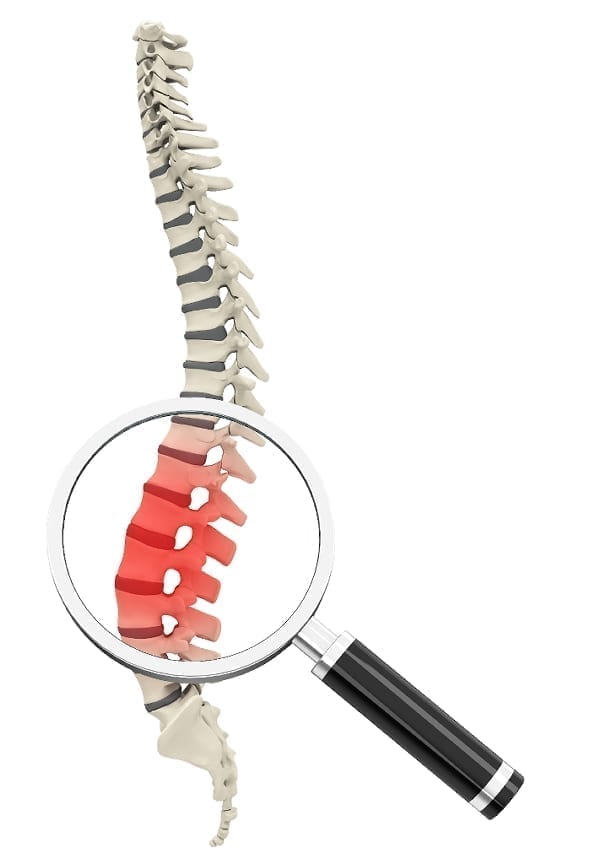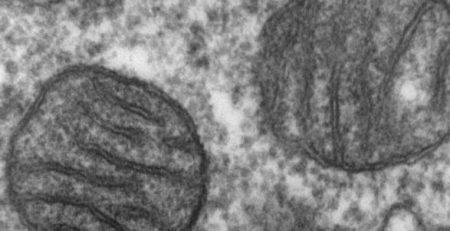Algorithms Replace Spinal Cord In New Approach to Neural Prosthetics
Over years of eavesdropping on the brain with with electrodes, neuroscientists and engineers have decoded the neural patterns of intention in both humans and monkeys. Since then, most labs have plugged these diverted signals[url=http://spectrum.ieee.org/biomedical/devices/mastering-the-braincomputer-interface]into robotic arms[/url], proving that they can use the brain to remotely control sophisticated machinery while undoubtedly giving tremendous hope to people with severed limbs. Until now, this research has largely ignored patients with spinal cord injury whose limbs are still there, but which no longer work because they no longer receive stimulation. Lee Miller, a neuroscientist at Northwestern University is working on an elegant solution specifically designed for this population. Rather than feeding recorded brain activity into a prosthetic limb, Miller has shown that he can loop around a dysfunctional spinal cord and plug back into a paralyzed arm, reanimating it with electrical pulses. In a study[url=http://www.nature.com/nature/journal/vaop/ncurrent/full/nature10987.html#/affil-auth]published last week[/url]in the online version of[i]Nature[/i]magazine, Lee describes how a monkey, whose hand was previously paralyzed with a local anesthetic, could learn to grasp objects with that limb, even as the spinal cord remained inactive. Here’s how they did it. Before paralyzing the monkey, the researchers trained it to grasp a ball on command. As it completed the action, they collected electrical recordings from the primary motor cortex in the brain and the muscles in the hand. By observing the patterns from each, they were able to build an algorithm that could monitor brain activity and accurately predict how the hand would respond. After decoding the monkey’s intention, the researchers reversibly paralyzed its arm. They continued recording from the brain, but switched to stimulating in the paralyzed limb. To activate the tissue, they implanted 5 electrodes into the muscles of the forearm that control a basic grasping motion. During the experiment, they used real time results from the prediction model they built during training to activate the electrodes in the muscle. Essentially, the system works like a data detour around the spinal cord. The monkey thinks about moving its arm. A program figures out how it wants to move, with how much force and in which direction, and then activates the proper set of electrodes to carry out the motion. The monkeys were able to voluntarily activate the system and continue grasping the balls. It’s not the first time researchers have resorted to applying electrical pulses to a paralyzed limb. The[url=http://fescenter.org/index.php]Functional Electrical Stimulation Center[/url]in Cleveland, Ohio treats patients with direct stimulation, but in order to activate the electrodes, they must make a movement with another part of the body or tap into some residual activity in the paralyzed limb. Lee says that his group is the only one using activity in the brain to call the shots, an approach that he says produces a much finer signal. There are however, many practical problems that need to be solved before a system like this could be implemented in human patients. “Muscle activation remains pretty difficult,” says Lee “Think about putting enough electrodes in the hand to control all the intrinsic hand muscles. We are working with several different colleagues to develop methods that would allow us to stimulate peripheral motor nerves (and all the muscles they control) instead of individual muscles.” It is also not yet certain whether the system will work in patients who have been paralyzed for several years and whose muscles have atrophied from lack of use.














